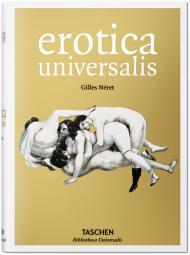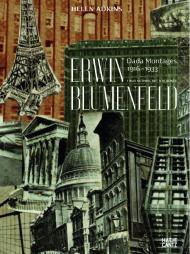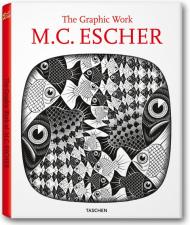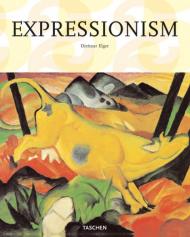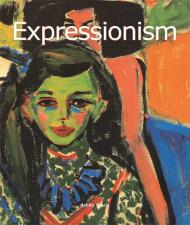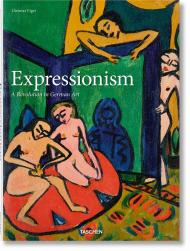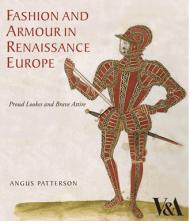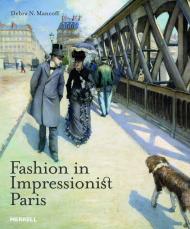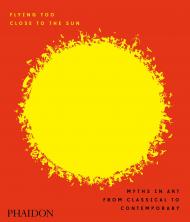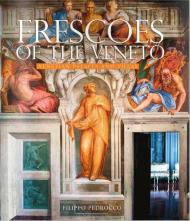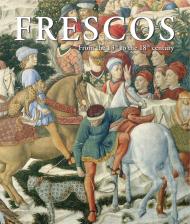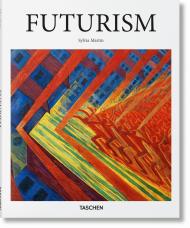The art of pleasure. An erotic history of humanity
From the dawn of time, ever since Adam and Eve, all artists of every age — whether the Egyptian, Greek, or Roman artists of Antiquity, or more recent famous names as Rembrandt, Courbet, Degas, or Picasso — have succumbed to their fantasies, obsessions, and libido, and produced erotic works that the censors have taken good care to keep from the public. For Erotica Universalis, we surface from the subterranean realms of the museums to enter those of our national and private libraries. Here we discover that not only most of our famous writers, such as Ovid, Aretino, Voltaire, Verlaine, or Maupassant, wrote erotic texts that bordered on indecency, but also that great artists like Boucher, Fragonard, Dalí, or Matisse were inspired to provide suitable illustrations for these naughty books. For this new hardcover edition of the classic 1995 bestseller, we have culled highlights from our Erotica Universalis collection. A banquet for the imagination and a feast of the eye!
The author:
Gilles Néret (1933–2005) was an art historian, journalist, writer and museum correspondent. He organized several art retrospectives in Japan and founded the SEIBU museum and the Wildenstein Gallery in Tokyo. He directed art reviews such as L'Œil and Connaissance des Arts and received the Elie Faure Prize in 1981 for his publications. His TASCHEN titles include Salvador Dalí: The Paintings, Matisse, and Erotica Universalis.
About the series:
Bibliotheca Universalis — Compact cultural companions celebrating the eclectic TASCHEN universe at an unbeatable, democratic price!
Since we started our work as cultural archaeologists in 1980, TASCHEN has become synonymous with accessible, open-minded publishing. Bibliotheca Universalis brings together more than 100 of our all-time favourite titles in a neat new format so you can curate your own affordable library of art, anthropology, and aphrodisia.
Bookworm’s delight — never bore, always excite!
